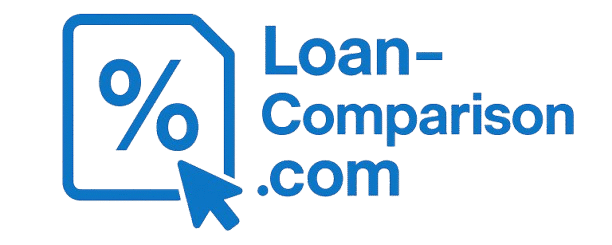Understanding Collateral in Business Loans
What It Means, When It’s Required, and How to Prepare. When applying for a business loan, one of the most common questions lenders ask is: What collateral can you offer? Whether you’re a startup or an established business, understanding how loan security works can improve your approval chances—and help you choose the right financing for your needs.

1. What Is Collateral?
Collateral is an asset you pledge to the lender as security for a loan. If you default (fail to repay), the lender has the legal right to seize and sell that asset to recover the outstanding amount.
It reduces risk for the lender—and can mean:
- Lower interest rates
- Higher loan amounts
- Longer repayment terms
2. Common Types of Business Collateral
Asset TypeExamplesTypical UseReal estateOffice buildings, warehouses, landSBA loans, long-term financingEquipmentTrucks, machinery, computersEquipment financing, term loansInventoryProducts held for saleShort-term working capitalAccounts receivableUnpaid customer invoicesInvoice factoring, credit linesCash/savingsBusiness CD or savings accountSecured lines of creditPersonal guaranteeFounder’s personal assets (e.g. home equity)Often required for startups or risky borrowers
Some lenders may accept multiple forms of collateral—known as blanket liens—especially for large loans or SBA products.
3. Secured vs. Unsecured Business Loans
- Secured loans require collateral. They typically offer better terms and are easier to qualify for if your business has assets.
- Unsecured loans are based on your creditworthiness and business performance alone. They’re faster to obtain—but usually come with higher rates and lower limits.
💡 Note: Even “unsecured” loans often still require a personal guarantee—meaning you’re liable for repayment even if the business fails.
4. How Much Collateral Do You Need?
The value of your collateral must usually exceed the loan amount due to risk and resale value:
- Real estate: up to 80–90% of appraised value (LTV)
- Equipment: 50–80%, depending on age and condition
- Accounts receivable: 70–90% of invoice value
The lender will often conduct appraisals or request documentation (titles, balance sheets, proof of ownership).
5. What Happens If You Can’t Repay?
If your loan defaults:
- The lender can repossess and liquidate secured assets
- For personal guarantees, they may pursue personal legal action
- A UCC lien may be filed, limiting future borrowing until resolved
That’s why it’s essential to:
- Understand exactly what is being pledged
- Review the terms of any liens or guarantees
- Be realistic about cash flow and repayment capacity
6. How to Prepare When Collateral Is Required
- Keep financial records clean (tax returns, profit & loss, balance sheets)
- Maintain ownership documents (titles, invoices, equipment IDs)
- Estimate asset value realistically using recent market data
- Diversify your collateral if needed (e.g., mix inventory + receivables)
7. Final Thoughts
Using collateral smartly can unlock better financing options for your business—but it also increases your responsibility. The key is balancing risk and reward:
- Need lower rates or larger sums? A secured loan might be ideal.
- Prefer speed and flexibility? Explore unsecured or partially secured offers.
Either way, understanding how lenders view collateral puts you in a stronger position to negotiate and plan for success.
